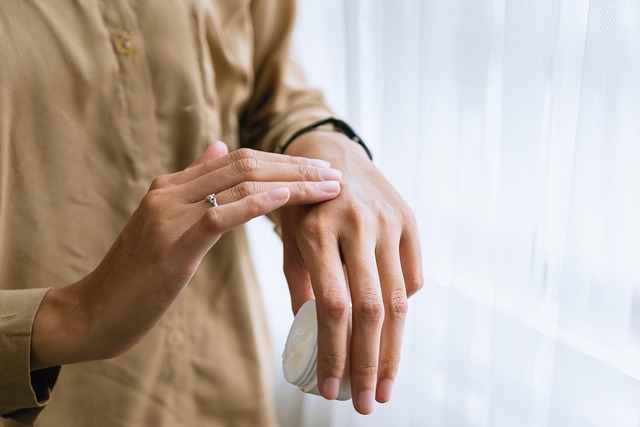Have you ever wondered why your skin looks dull or is itchy or flaky, and want to know how to treat it? Below is a breakdown of the difference between skin that is dehydrated and skin that is dry and a guide on how to treat it so skin is restored to its natural glowy self!
Dehydrated skin is a condition that occurs when there is a lack of water in the skin. It can happen to the best of us, regardless of skin type – even those with oily and combination skin.
Here’s how to tell if your skin is dehydrated:
– Skin feels dry to the touch
– Itchiness
– Dull appearance
– Dark circles under eyes or tired eye appearance
– More pronounced fine lines and wrinkles
The Pinch Test
Pinch a small amount of skin on your cheek, abdomen, chest or back of hand and hold for a few seconds. If skin takes a few moments to bounce back, you’re likely dehydrated.
Dry skin is a skin type, like oily or combination skin, where the complexion lacks oils, or lipids, so it takes on a more flaky, dry appearance.
Here’s how to tell if your skin is dry:
– Scaly appearance
– White flakes
– Redness or irritation
– Increased incidence of psoriasis, eczema, or dermatitis
Dehydrated skin and dry skin need different treatments. If you want your skin to look and feel its best, you need to both hydrate and moisturize. However, those with dehydrated skin may be able to get away with lightly moisturizing, while dry skin types may find their skin getting worse by only hydrating, and not moisturizing. When you’re hydrating and moisturizing, make sure you use hydrating ingredients first and then take the steps necessary to seal that moisture in.
Take a look at our table below for an ingredient breakdown by skin type or condition.
Psst, here’s an easy way to remember what to use for which skin condition / type…If your skin care product is mainly water based and has a lighter consistency, it’s generally best used for dehydrated skin. If your skin care product is mainly oil-based and is of a thicker consistency, it’s generally best used for dry skin.
| Ingredient | Best for dry or dehydrated skin? |
| hyaluronic acid | both: be sure to apply an oil or moisturizers to lock it in |
| glycerin | dehydrated |
| aloe | dehydrated |
| honey | dehydrated |
| snail mucin | dehydrated |
| lactic acid | dehydrated |
| citric acid | dehydrated |
| nut or seed oil, such as coconut, almond, hemp | dry |
| shea butter | dry |
| plant oils, such as squalene, jojoba, rose hip, tea tree | dry |
| mineral oil | dry |
| lanolin | dry |
| ceramide | both: ceramides strengthen the skin’s barrier to help prevent moisture loss |
Extra tips for amping up your skin health
For dehydrated skin, oral hydration is a must because it’s adding water into the complexion from the inside. You can also incorporate water-rich foods into your diet, such as watermelon, strawberries, cucumber, and celery. Another easy tip? Carry around a toning mist, to spritz throughout the day to keep skin hydrated.
For dry skin, keep on moisturizing. This process helps dry skin better retain water, prevent TEWL (transepidermal water loss), and maintain a proper level of hydration. The key to addressing dry skin is finding products that help you lock in moisture, especially overnight. Try using a humidifier, especially during winter months, and experiment with wearing a hydrating mask overnight for an extra boost of moisture.
Have more questions? Schedule your free consultation today to learn more!


Recent Comments